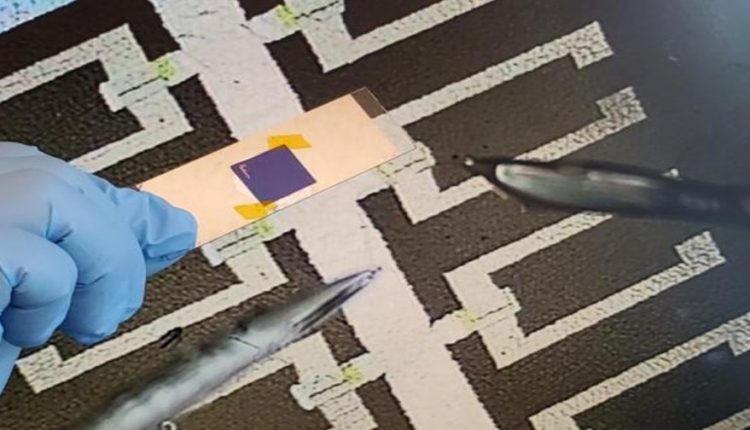
Staggered Structure Monolayer OFETs a Breakthrough for Flexible Electronics
Flexible printed circuits are the future of electronics, but until the cost and difficulty of manufacturing them is overcome, we’re stuck with silicon. Organic Field Effect Transistors (OFETs), however, which use an organic semiconductor as a channel for current flows, have the advantage of being flexible when compared with their inorganic counterparts like silicon.
OFETs, given their high sensitivity, mechanical flexibility, biocompatibility, property tunability and low-cost fabrication, are considered to have great potential in new applications in wearable electronics, conformal health monitoring sensors, and bendable displays etc. Imagine TV screens that can be rolled up, smart wearable electronic devices and clothing worn close to the body to collect vital body signals for instant biofeedback, or mini-robots made of harmless organic materials working inside the body for disease diagnosis, targeted drug delivery, or mini-surgeries.
Until now, the main limitation on enhanced performance and mass production of OFETs lies in the difficulty in miniaturizing them. Products currently using OFETs in the market are still in their primitive forms, in terms of product flexibility and durability.
An engineering team led by Paddy Chan Kwok Leung at the Department of Mechanical Engineering of the University of Hong Kong (HKU) has made an important breakthrough in developing the staggered structure monolayer of OFETs, a major leap in reducing their size. The result has been published in the academic journal Advanced Materials, and a U.S. patent has been filed for the innovation.
The major problem now confronting scientists in reducing the size of OFETs is that the performance of the transistor will drop significantly with a reduction in size, partly due to the problem of contact resistance, i.e. resistance at interfaces that resist current flows. When the device gets smaller, its contact resistance will become a dominant factor in significantly downgrading the device’s performance.
The staggered structure monolayer OFETs created by Dr Chan’s team demonstrate a record low normalized contact resistance of 40 Ω -cm. Compared with conventional devices with a contact resistance of 1000 Ω -cm, the new device can save 96% of power dissipation at contact when running the device at the same current level. More importantly, apart from energy saving, the excessive heat generated in the system, a common problem which causes semiconductors to fail, can be greatly reduced.
“On the basis of our achievement, we can further reduce the dimensions of OFETs and push them to a sub-micrometer scale, a level compatible with their inorganic counterparts,” said Chan. The OFETs will still functioning effectively to exhibit their unique organic properties, which is critical for meeting commercialization requirements. “If [the] flexible OFET works, many traditional rigid based electronics such as display panels, computers and cell phones would transform to become flexible and foldable. These future devices would be much lighter in weight, and with low production cost.”
“Moreover, given their organic nature, they are more likely to be biocompatible for advanced medical applications such as sensors in tracking brain activities or neural spike sensing, and in precision diagnosis of brain related illness such as epilepsy,” said Chan.
Dr. Chan’s team is currently working with researchers at the HKU Faculty of Medicine and biomedical engineering experts at CityU to integrate the miniaturized OFETs into a flexible circuit onto a polymer microprobe for neural spike detections in-vivo on a mouse brain under different external stimulations. They also plan to integrate the OFETs onto surgical tools such as catheter tubes, and then put them inside animals’ brains for direct brain activities sensing to locate abnormal activities in the brain.
“Our OFETs provide a much better signal to noise ratio. Therefore, we expect we can pick up some weak signals which cannot be detected before using the conventional bare electrode for sensing.”
Source: The University of Hong Kong
